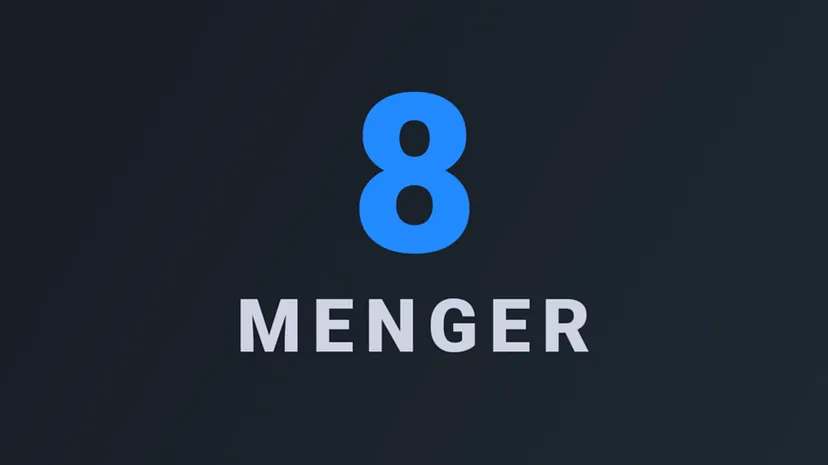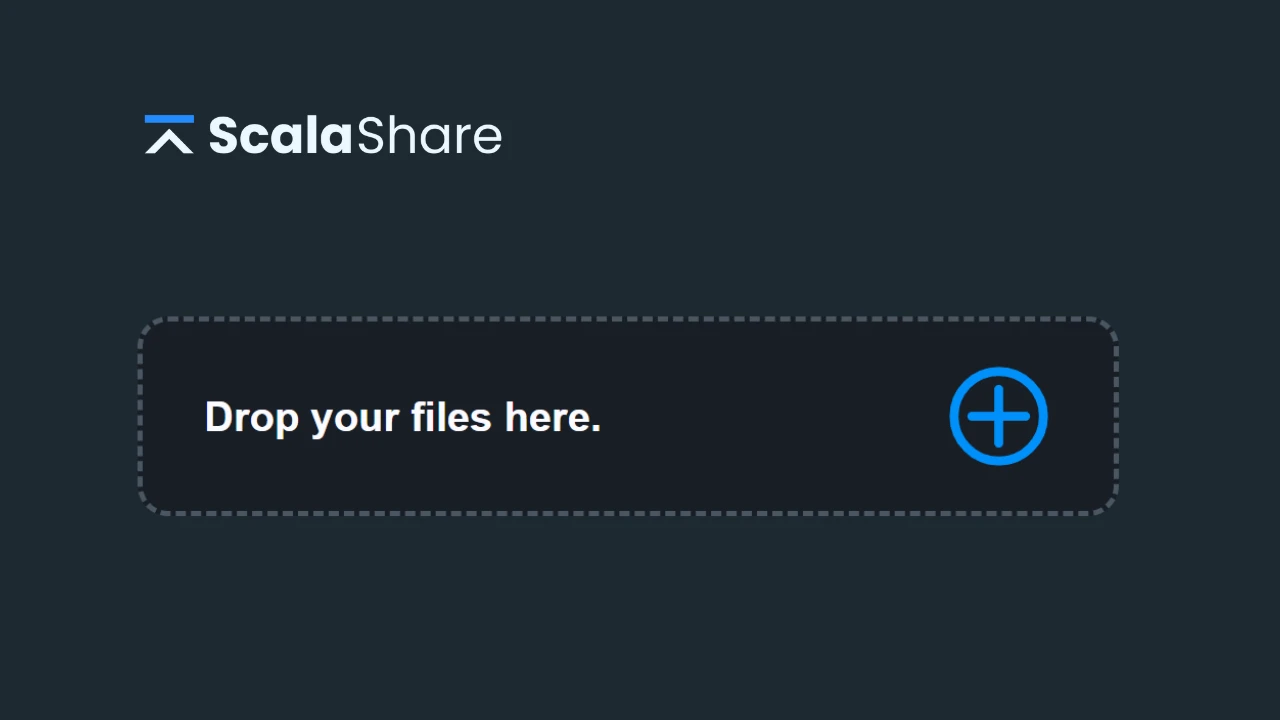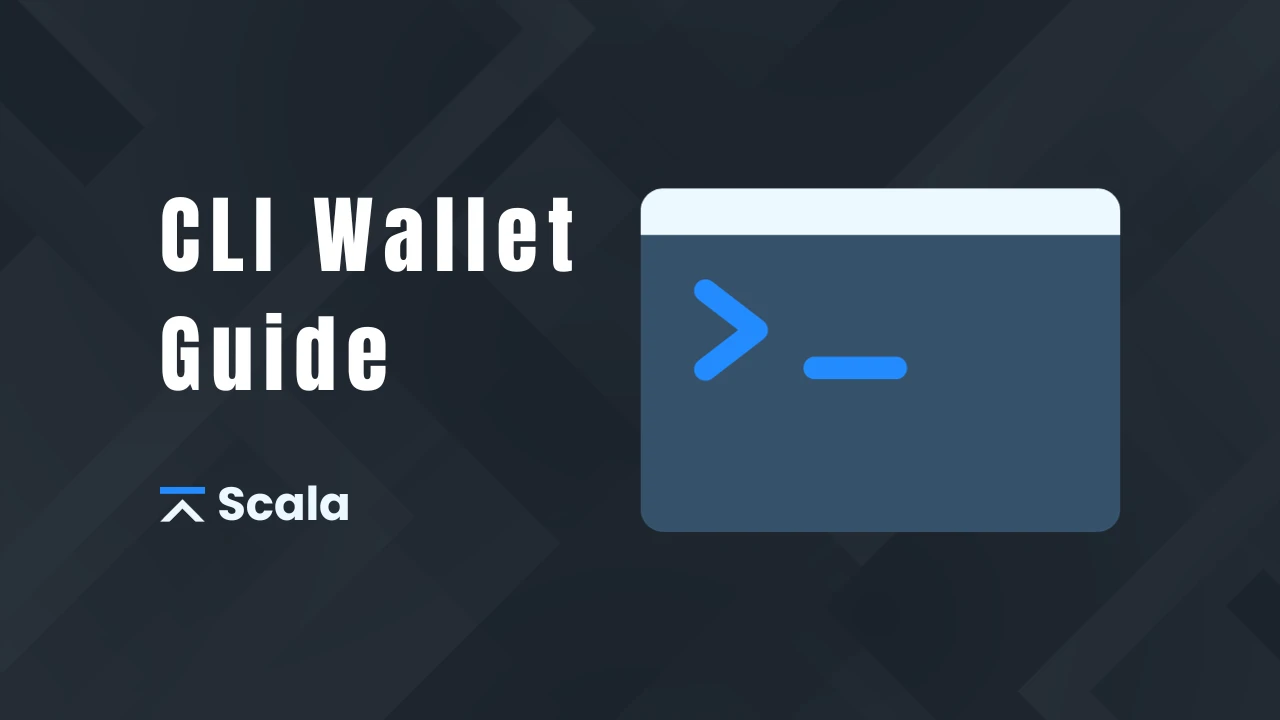
We have a lot of new things to discuss, mostly updates and development that surrounds our most ambitious network upgrade yet, Menger V8!
This version is named after Carl Menger, an Austrian economist whose contributions have inspired many of us on the team and in the cryptocurrency community.
Diardi
Diardi, which is our rendition of a 51%-attack resistance utility, has seen a lot of changes over the last few months. The most notable one is the fact that we are changing it to be part of the consensus from V8 and beyond. This is important as it allows the system to be more tightly integrated and provides much-needed security in a more decentralized manner.
Election
V8 introduces an updated election system where people can vote for others or themselves by sending a “vote-token” to their candidate’s wallet. This token will be distributed based on the stake they hold on the Scala mainnet.
Once the election is over the count is done and then the notaries are given the power to produce special blocks over the network in congruence with classic Miners. We intend to include a lot more people into the Diardi ecosystem than just the current 16 coming from our closely-knit community.
There will be a white paper release detailing just the functioning of Diardi and the associated election system.
Multi proof-of-work
The way Diardi nodes will work in the V8 network is by mining their own blocks, which will have their own PoW and difficulty — more appropriate to the number of nodes in their network.
The Diardi nodes will mine 360 blocks each day with this PoW, which is exactly every 4th block. This block will be checkpointed for security and all critical platforms — for example, exchanges — will use a confirmation block height that is >= 4 due to this reason.
This should help prevent the centralization caused by miners and also make our network more energy efficient with no degradation in security.
PantheraB
The PoW that Diardi nodes will use to produce blocks on the network is PantheraB. As most of you might know Panthera is a RandomX variant that included YesPower and KangarooTwelve (SHA-3) as part of it rather than just Blake2b.
To dissuade collusion between miners and Diardi operators, we had to change the algorithm in such a way that the mined hashes from large pools will not be fit for Diardi blocks — this is where PantheraB comes in. Instead of YesPower in the chain of hashes, it will use Blake3, which is currently the fastest hashing algorithm.
Block Rewards
Since V7, we have been looking into a novel reward curve that is not too less that it causes network destabilization through miner indifference, but not too high that it causes hyperinflation.
V8 introduces a new block rewards implementation. The idea is to have constant erosion, but one which fluctuates based on what the block height is and how close it is to the Diardi mined block. For instance, if the block reward for block 1 is 5,000, block 2 will be 2,500, block 3 will be 1,666, and block 4 will be 1,250.
This happens due to the fact that the Diardi mined block is sort of seen as a trusted block and the effort/electrical expenditure required to mine that block is also minuscule. This is a pretty new idea and we really want to test this a lot with the upcoming testnet fork so that we can be sure that nothing breaks.
Neofelis V2
Neofelis is our take on testing software — we all know how people hate testing software but love doing it the moment it’s incentivized. Neofelis V1 had so many participants that it was almost hard to keep our servers stable! For this reason, we feel that it is imperative to bring it back for V8 and let our community take the whole network for a spin.
The funding for Neofelis V2 (the coins that will be airdropped at the end of the testing phase) will come from the swap tool which is going to be decommissioned end of this month — more on this in the next section.
Swap Tool Decommissioning
It has been more than a year since the swap tool went up and thousands of swaps have taken place (mostly smoothly!), and now less than one swap happens per month.
We see it is not worth keeping it up anymore as it costs more money to maintain than the returns we get out of it.
Save the date
The coins that are not swapped by November 30, 2021 will be moved to be airdropped to the users that participate in the Neofelis V2 testing program for V8.
Conclusion
There’s a lot more that will change with the new V8 update, like the fact that it will include our new version of libipfs which will be much faster and more stable. It will also feature upstream features and bug fixes from Monero.
We hope you’re as excited as we are about this hard fork!
As usual, thanks for your support.
And pssst … make sure you take a look at our new merch store: https://shop.scalaproject.io.



